#Safety
Pedestrian Trapped Under Cruise Vehicle in San Francisco
On Monday, a pedestrian ended up being trapped beneath an autonomous test vehicle owned by Cruise. The incident took place in San Francisco (Fifth Avenue just south of Market Street) and has already become the subject of some rampant speculation as the company hopes to avoid another public relations nightmare.
Cruise quickly put out a series of statements via Twitter (now X) claiming the pedestrian was actually tossed in front of their robotaxi after being struck by a hit-and-run vehicle that was traveling in the accompanying lane. While the investigation is technically ongoing, numerous media outlets have run with the premise after having seen the on-board footage.
NHTSA Expanding Investigation Into Ford EcoBoost Engines
On Monday, the National Highway Traffic Safety Administration (NHTSA) announced that it would be expanding its investigation into late-model Fords equipped with EcoBoost engines. What initially started as a probe into 2021 model-year Broncos equipped with 2.7-liter turbocharged engines has evolved into a much broader look into several other models and the larger 3.0-liter EcoBoost motor.
Last summer, the NHTSA was prompted to launch an investigation into 2021 Ford Broncos after nearly 30 complaints were issued about the 2.7-liter motor cutting out at highway speeds. This was accompanied by a few petitions demanding the agency take action, prompting the NHTSA to launch a formal investigation. At the time, regulators were fretting over the possibility of “catastrophic engine failure” due to a presumed defect with the intake valves.
Best and Worst Drivers by City
With crash statistics having taken a turn for the worse in recent years, analysts have been pouring over the relevant data to determine why. Though the resulting statistics can tell a lot of different stories, including which U.S. cities tend to boast the best and worst drivers.
California Grants Cruise and Waymo Expansion Approval
Self-driving vehicles have become a contentious issue in San Francisco. The city currently serves as a public testing ground for over 500 autonomous cars being fielded by Alphabet’s Waymo and General Motors’ Cruise. But local residents have been losing patience with the vehicles, with numerous reports that they’ve been misbehaving in traffic.
While public complaints seemed to be endangering the companies’ ability to expand operations, the California Public Utilities Commission (CPUC) voted 3-to-1 on Thursday to do just that. This opens the door to allow Waymo to begin charging for autonomous taxi services, something Cruise was already doing there, and accelerate their respective AV programs within California.
Driving Dystopia: Companies Are Getting Serious About Vehicle-to-Infrastructure Connectivity
Before connected vehicles had become ubiquitous, numerous companies suggested that they would be networked into roadway infrastructure to improve safety and decrease traffic congestion. The concept even became a keystone issue for lobbyists trying to convince lawmakers to create regulations favorable to autonomous cars.
But it never manifested due to just how ambitious the overarching concept happened to be. The relevant technologies were still in their infancy and would require years of collaboration between multiple industries and various government agencies before anything got off the ground. However, things are reportedly starting to change. Pilot programs are being implemented on public streets, companies are working on the necessary hardware, and the U.S. government is asking for more with cash in hand.
NHTSA Investigating 1.1 Million Ram 1500 Pickups Over Steering Complaints
On Tuesday, the National Highway Traffic Safety Administration (NHTSA) confirmed that it would be investigating over one million Ram 1500 pickup trucks over complaints about power steering issues.
While the conditions for a regulator-enforced recall have not yet been satisfied, Stellantis may institute a voluntary recall of its own before regulators have completed their probe. In 2016, the automaker recalled a batch of 1500 pickups when it was still Fiat Chrysler Automobiles (FCA) over contaminated power steering units. Debris has apparently entered the system, creating a possibility of an electrical short.
Next IPhone Update Helps Users Read Dashboard Warning Lights
When Apple's next operating system drops later this year, it’s supposed to include a feature that will help drivers decipher what those little symbols on the dashboard mean. While unlikely to offer the same amount of information as an OBD-II scanner, iOS 17 will come with an improved version of Visual Look Up. The new system offers users help when they can’t figure out what the warning light displaying the little oil can is trying to convey.
Oh Crap: Sewage Leak Causes Chaos on Connecticut Interstate
A tractor-trailer leaking sewage onto a portion of I-95 in Connecticut resulted in numerous crashes and some impromptu off-roading this week. Vehicular casualties included a couple of totaled police vehicles that found themselves at the mercy of a truck sliding through human waste.
While the situation certainly stinks for those involved, it’s okay to laugh. No injuries were reported and the fact that the suspect was charged with having an “unsecured load” is pretty funny.
Cruise Ad Insults Human Drivers, Gets Criticized
Last week, General Motors published an advertisement for its Cruise autonomous vehicle company in The New York Times. The marketing effort makes the claim that “humans are terrible drivers” and has subsequently been chided by former NHTSA administrator and safety advocate Joan Claybrook.
The ad in question states that human drivers cause millions of accidents each year and asserts that “Cruise driverless cars are designed to save lives.” But Claybrook and the Advocates for Highway and Auto Safety are accusing GM of being overzealous with an untested product in addition to exercising some bad taste with its marketing materials.
Size or Speed? IIHS Study Examines Safety Between Models
With the rate of fatal automotive accidents having spiked dramatically in recent years, just about everyone has been theorizing why. While there still seems to be a level of willful ignorance surrounding how modern infotainment systems and driving aids create more opportunities to be distracted behind the wheel, most outlets tracking safety seem to have come to the realization that size disparities between vehicles play an important factor in crash survivability.
The Insurance Institute for Highway Safety (IIHS) recently published a list of the models with the highest death rate per million vehicles registered. Its takeaway seems to be that the uptick in fatalities could be attributed to smaller vehicles and powerful models that encourage aggressive driving.
QOTD: Close Encounters With the Animal Kingdom
I had to come to a complete stop in the middle of a two-lane highway in upstate New York last week because a deer decided to cross the road in front of me.
AAA Study Examines the Impact of Changing Speed Limits
A new study from the American Automobile Association (AAA) has suggested that raising vehicle speed limits offers negligible benefits to drivers while decreasing overall safety for all travelers.
“Our study analyzed before-and-after data on a dozen roadways that raised or lowered posted speed limits and found no one-size-fits-all answer regarding the impact of these changes,” said Dr. David Yang, president and executive director of the AAA Foundation. “However, it is critical to consider the safety implications when local transportation authorities contemplate making changes with posted speed limits.”
U.S. Regulator Proposes Updated Rules for Autonomous Vehicles in Exchange for Data
The National Highway Traffic Safety Administration (NHTSA) proposed a new national program to update the regulations surrounding autonomous vehicles this week. Updated rules would presumably allow automakers to field more self-driving test vehicles on public roads than we’ve seen thus far in exchange for those companies sharing the data those cars collect with the government.
Due to the fact that any autonomous vehicle lacking human controls (e.g. steering wheels and pedals) have to be given exceptions from the Federal Motor Vehicle Safety Standards (FMVSS) to legally operate in populated areas, NHTSA leadership believes that having access to the data they’ve collected will be useful in informing decisions on how the rules could be changed. The claim is that the resulting information will help regulators update safety standards to incorporate self-driving vehicles. But it’s also going to be a privacy issue, as citizens have already expressed their dismay with automakers even considering sharing AV data with local authorities.
Brake Recall Impacts 124,000 Honda and Acura Vehicles
A handful of Honda models, and one from Acura, are under recall over a defect that could limit braking functionality. Impacted vehicles include the 2020-2021 Honda Civic, 2021-2023 Honda Passport, 2021-2022 Honda Pilot, 2020-2023 Honda Ridgeline, and 2020 Acura MDX.
IIHS Says Midsize Pickups Need More Passenger Protection
The Insurance Institute for Highway Safety (IIHS) believes that the rear-seat passengers of modestly sized pickups could be better protected after running a few through its updated moderate overlap frontal crash test.
While the group rated the Nissan Frontier as “acceptable,” crew-cabbed versions of the Ford Ranger only garnered a “marginal” classification. That left four-door versions of the Chevrolet Colorado, Jeep Gladiator, and Toyota Tacoma with “poor” ratings. No pickup managed to receive a “good” safety score, with the IIHS highlighting concerns about the possibility of chest, head, and neck injuries.



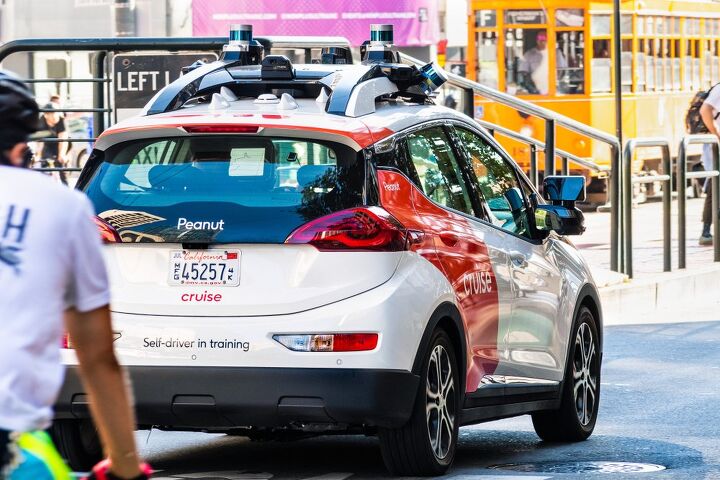






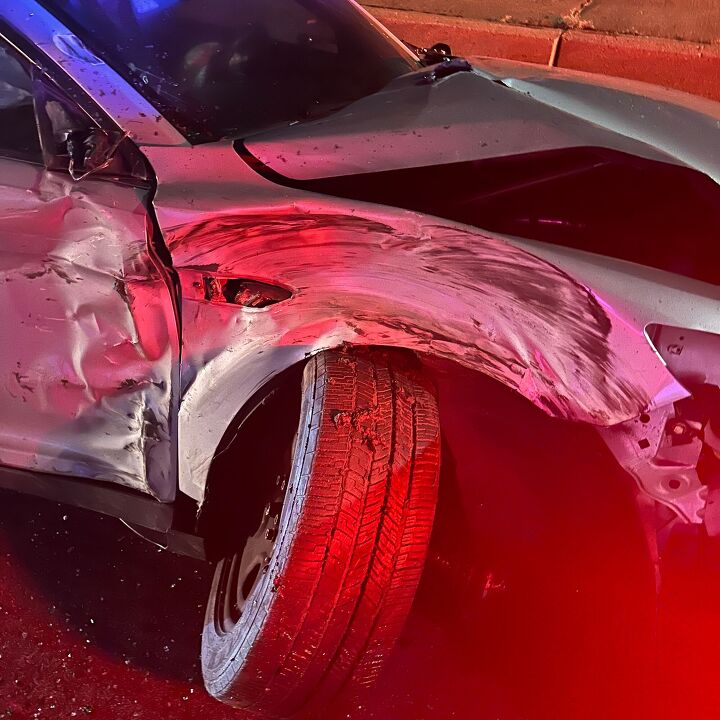
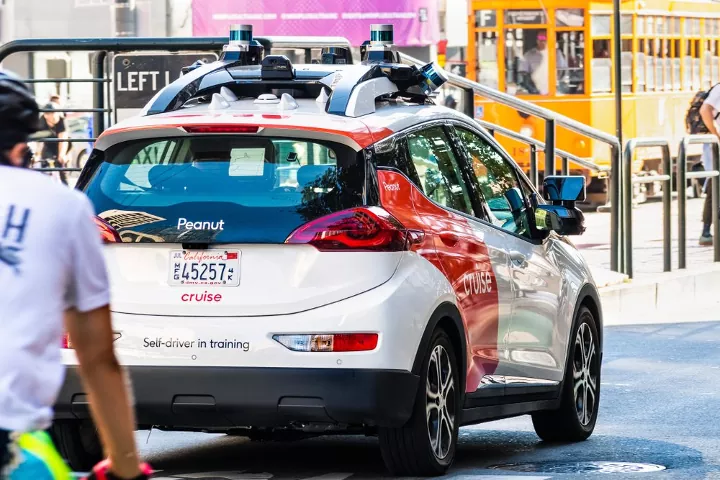



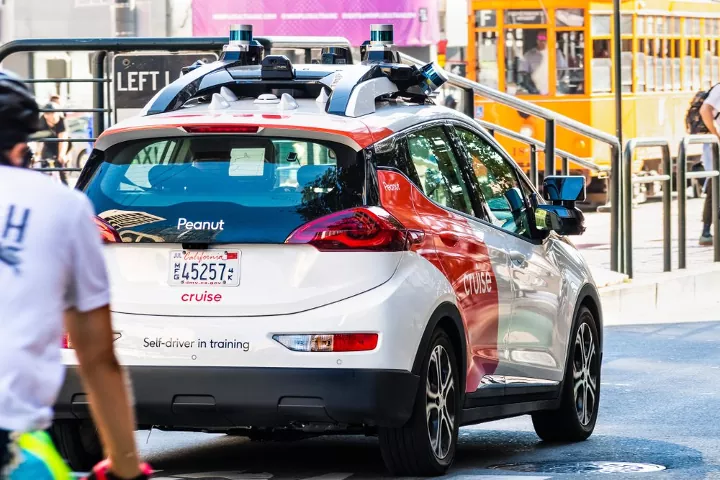
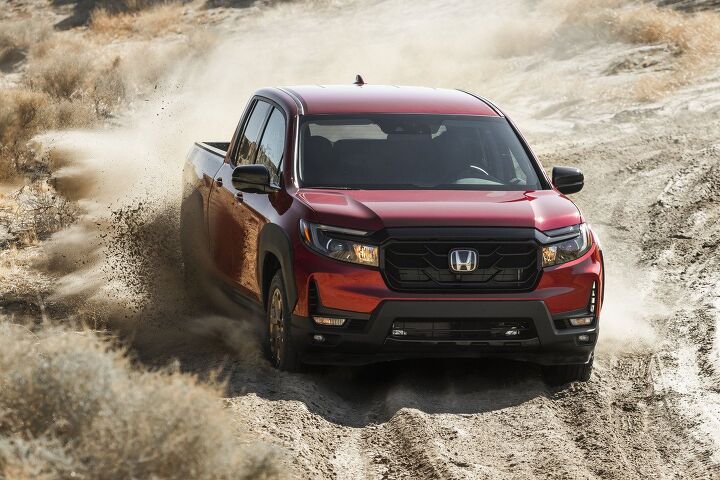
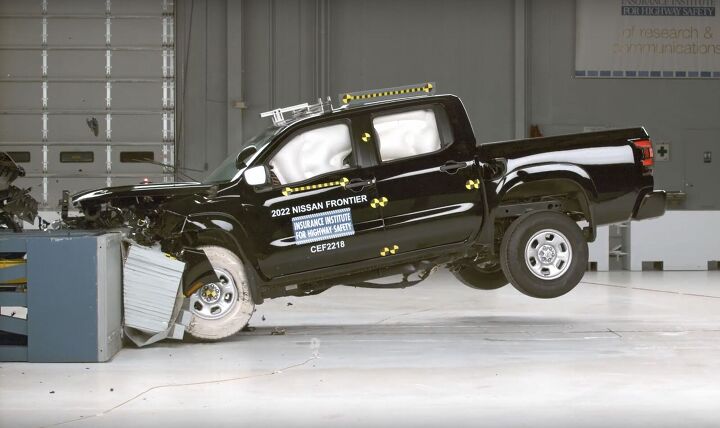












Recent Comments